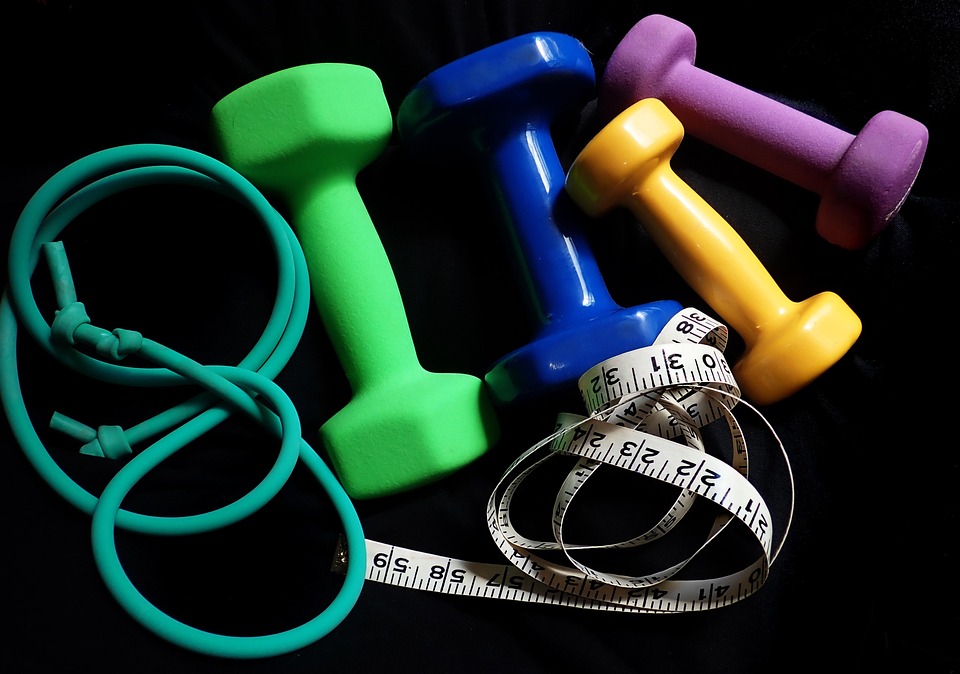In today’s wellness landscape, many are searching for innovative, non-invasive methods to assist in weight loss. One such promising technique gaining traction is red light therapy (RLT). Known for its various health benefits, including improved skin appearance and enhanced muscle recovery, it’s now emerging as a potential aid in the quest for weight loss. In this comprehensive guide, we’ll delve into how red light therapy works, its benefits, and what you need to know to incorporate it into your weight loss regimen.
What is Red Light Therapy?
Red light therapy involves exposing the skin to low levels of red and near-infrared light. This natural process is believed to stimulate cellular activity, promote healing, and reduce inflammation. Here’s a closer look at how it works:
- Wavelength: RLT typically uses wavelengths between 600-650 nm (nanometers) for red light and 800-900 nm for near-infrared light.
- Absorption: The mitochondria in cells absorb these wavelengths, leading to increased ATP (adenosine triphosphate) production, which powers cellular functions.
- Benefits: While it’s best known for skin rejuvenation and muscle recovery, research suggests it may also facilitate weight loss through various mechanisms.
How Does Red Light Therapy Aid Weight Loss?
Understanding how red light therapy may help you shed pounds involves looking at its impact on fat cells and metabolism.
1. Targeting Adipose Tissue
Research indicates that red light therapy may influence adipose tissue, the fat-storing cells in your body.
- Fat Cell Reduction: Studies show that exposure to red light can cause fat cells to undergo apoptosis (programmed cell death). This means RLT may help reduce the number of fat cells in your body.
- Lipid Release: RLT can promote the release of triglycerides stored in fat cells into the bloodstream, where they can be converted into energy.
2. Enhancing Metabolism
Increased mitochondrial activity can lead to a boost in metabolic rate, making it easier for your body to burn calories.
- Increased Energy Production: With more ATP produced, your body can function more efficiently, potentially leading to improved exercise performance and calorie burning.
- Improved Nutrient Absorption: Enhanced cellular function can improve how your body absorbs nutrients, which may contribute to better overall health and weight management.
3. Reducing Inflammation
Chronic inflammation is often linked to weight gain and obesity. RLT’s anti-inflammatory properties can help combat this issue.
- Cortisol Levels: High levels of cortisol, the stress hormone, can lead to weight gain. Red light therapy may help reduce cortisol levels, leading to less fat storage.
- Overall Health Improvement: By improving inflammation and oxidative stress, RLT can support better metabolic health, ultimately aiding in weight loss.
What to Expect from Red Light Therapy
Before diving into a red light therapy program, it’s essential to understand what to expect, including treatment duration, frequency, and potential results.
Treatment Sessions
- Duration: Most sessions last between 10 to 20 minutes.
- Frequency: For effective results, aim for 3-5 treatments per week initially. After some time, you may reduce to maintenance sessions.
Safety and Side Effects
Red light therapy is generally regarded as safe when used properly. However, consider the following:
- Potential Side Effects: Mild redness or irritation may occur, but these are usually temporary.
- Consult a Professional: Always consult a healthcare provider before starting any new treatment, especially if you have underlying medical conditions or are pregnant.
Incorporating Red Light Therapy into Your Weight Loss Journey
To maximize the benefits of red light therapy for weight loss, consider the following tips:
1. Combine with a Healthy Lifestyle
- Balanced Diet: Focus on whole foods, including fruits, vegetables, lean proteins, and healthy fats.
- Regular Exercise: Physical activity enhances the benefits of RLT by promoting overall calorie expenditure and muscle development.
2. Monitor Your Progress
- Track Weight Loss: Keep a journal to record your weight loss journey alongside your RLT sessions.
- Adjust as Necessary: If you’re not seeing desired results, reassess your diet and exercise routine in conjunction with your RLT regimen.
3. Consult with a Professional
- Qualified Practitioner: Seek a certified provider for your red light therapy sessions. They can guide you on the most effective protocols tailored to your needs.
- Ongoing Support: Consider working with a nutritionist or personal trainer for holistic weight loss support.
Conclusion
Red light therapy is an exciting addition to the arsenal of tools available for those seeking to shed pounds. By targeting fat cells, enhancing metabolism, and reducing inflammation, RLT can potentially support your weight loss journey when combined with a balanced diet and regular exercise.
As with any treatment, patience and consistency are key. While results may vary, incorporating red light therapy could be a game-changer for your wellness routine. Always remember, the path to a healthier you is not just about losing weight but nurturing an overall balanced lifestyle.
With the right approach and commitment, you could shine light on your weight loss goals like never before. Happy shedding!









 Weight Loss, Unlocked.
Weight Loss, Unlocked.